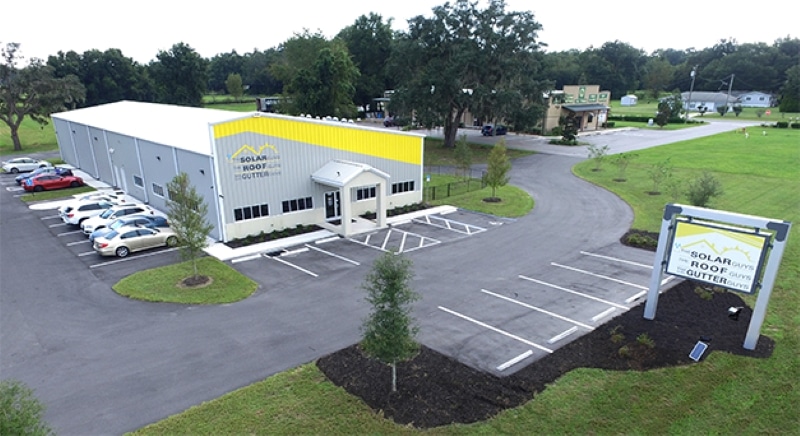Understanding what causes roof leaks can help you take action before the damage worsens. Some of the most common reasons for leaks include:
Florida’s severe weather—hurricanes, high winds, and hailstorms—can cause serious roof damage. High winds can lift shingles, hail can dent and crack roofing materials, and heavy rain can expose weak spots, leading to water intrusion. If your home has recently endured a storm, it’s essential to get a professional inspection.
Asphalt shingles weaken over time, becoming brittle, curling at the edges, or losing granules. Once this protective barrier wears down, your roof becomes more susceptible to leaks.
Flashing is the material that seals the edges and joints around chimneys, skylights, vents, and roof valleys. If flashing becomes loose, rusted, or improperly installed, water can seep through these vulnerable points.
When gutters and downspouts become clogged, water backs up onto the roof, causing it to seep under the shingles. Over time, this can lead to wood rot, leaks, and structural issues.
The rubber seals around roof penetrations—such as plumbing vents and skylights—can crack due to sun exposure, age, or improper installation, allowing water to infiltrate your home.
Inadequate airflow in your attic can lead to condensation buildup, which weakens roofing materials and causes leaks. Proper ventilation prevents heat and moisture from damaging your roof’s structure.
If you suspect any of these issues, don’t wait—schedule a free roof inspection today.
At The Roof Guys, we use a proven, technology-driven approach to locate and repair roof leaks efficiently.
Our experienced technicians conduct a comprehensive visual and structural assessment, checking for missing shingles, damaged flashing, clogged gutters, and moisture penetration.
We utilize thermal imaging cameras, infrared moisture meters, and drone inspections to pinpoint leaks, even when they aren’t visible to the naked eye.
A roof leak isn’t always directly above where water enters your home. Water can travel along rafters, beams, and insulation before becoming noticeable. We carefully track the path of water intrusion to find and repair the exact problem area.
Once we diagnose the issue, we provide a detailed repair quote tailored to your roof’s material and condition. Our team ensures long-term protection with high-quality repairs.
Sign up to receive special offers instantly and gain access to future The Roof Guys’ promotions.
We provide state-of-the-art roofing installation and repair services along with genuine manufactured Solatube® brand tubular skylights and solar attic fans across Ocala, The Villages, Orlando, Daytona, Pasco County, and Jacksonville.

Adamsville, Bushnell, Coleman, Webster, Wildwood, Lake Panasoffkee, Oxford, Sumterville, The Villages
M - F / 8:00AM – 4:30PM
Call: 352-553-2798
Licensing: CCC1330835 | CRC1330974